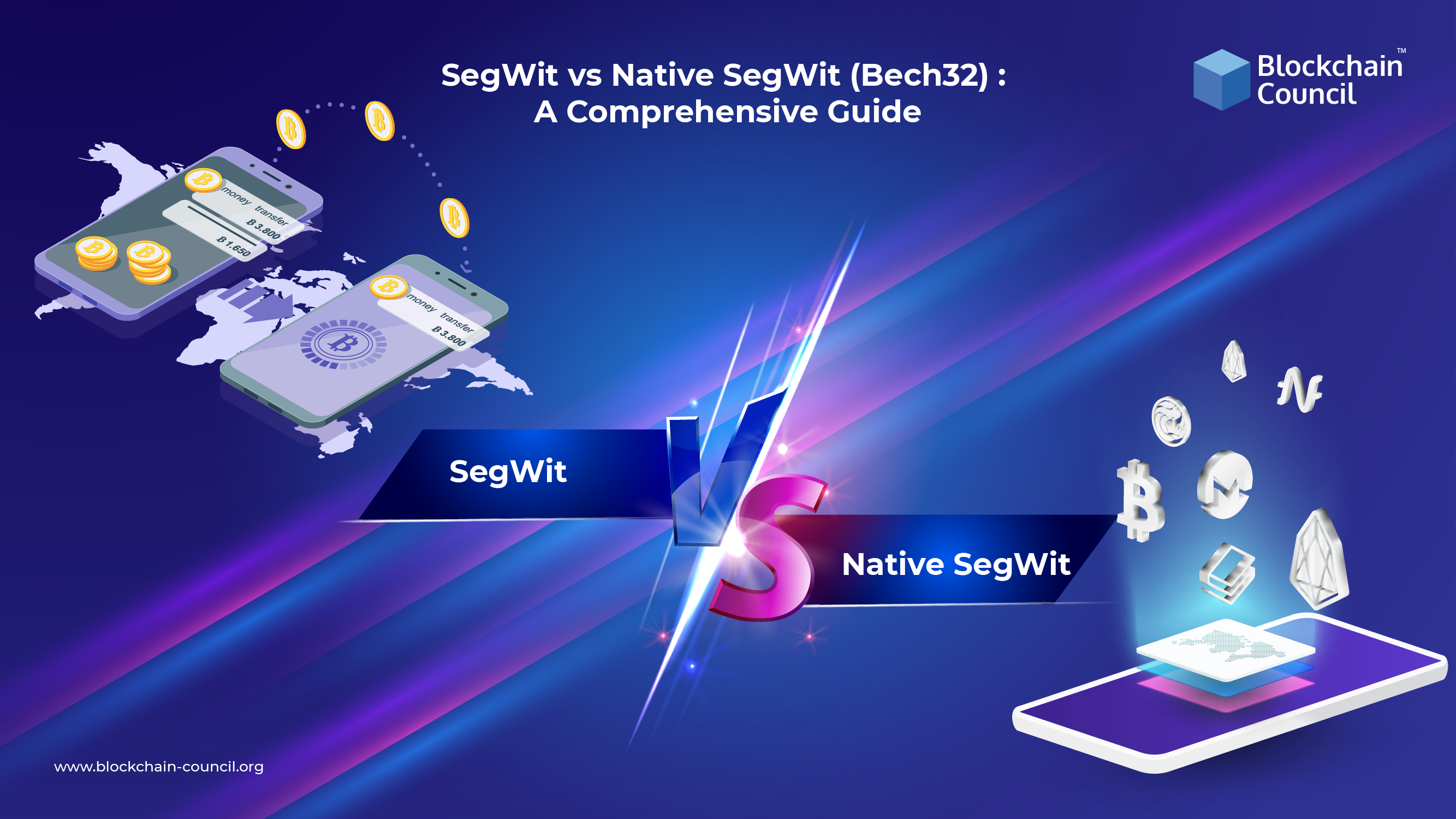
- Avinandan Banerjee
- January 03, 2022
“The amount lent out is paid back with interest when typical loans are sanctioned through banks. The same concept goes with yield farming: lending of bitcoin that would normally be sitting ideally in an account to produce returns,” according to the CFP, AIF, and owner of Hill Wealth Strategies, Daniel R.Hill.
Thus, yield farming is a strategy for creating revenue on your bitcoin, similar to the interest on cash in a bank account. Yield farming is securing your digital currency for a while, known as “marking,” in return for revenue or increased benefits, like more cryptographic money.
Yield farmers have procured returns as Yearly Rate Yields (APY) that can move towards triple digits since the beginning of yield farming in 2020. However, this potential return accompanies an extensive danger, as the algorithms and coins gained are prone to extreme unpredictability and mat pulls, in which developers forsake a project and make do with resources of the investors as a financial backup.
The hottest topic of the 2020 DeFi summer was yield farming. This innovative, although risky and volatile, use of decentralized finance (DeFi) has recently surged in popularity as a result of new developments such as liquidity mining.
Yield farming is currently the most important development driver in the still-developing DeFi sector, boosting it from a $500 million market value to $10 billion by 2020. In 2021, the total value locked in the liquidity pools is hitting new heights.
Let us dig a bit more into the yield farming concept and understand it more appropriately.
Understanding the methodology of yield farming
Yield farming, also called liquidity farming, begins by authorizing investors to stake their coins by keeping them into a lending protocol through a decentralized application, or dApp. Other investors would then be able to acquire the coins through the dApp to use for hypothesis, wanting to benefit from enormous swings in the coin’s market value that they predict.
“Yield farming is just a reward program for early adopters,” says VP of showcasing at Ava Labs, Jay Kurahashi-Sofue. Ava Labs is a firm aiding the formation of the Avalanche public blockchain, which incorporates different DeFi applications that provide yield farming.
Users of blockchain-based apps are incentivized to supply liquidity by locking up their coins in a practice known as staking. “Staking occurs when centralized crypto platforms receive deposits from users and lend them out to people in need of credit,” Hill explains. Creditors pay interest, depositors receive a portion of it, and the bank keeps the rest.”
Yield farming protocols boost liquidity suppliers (LP) to stake or secure their crypto resources in a smart contract-based liquidity pool. These incentives can appear as a percentage of exchange expenses, advance interests, or a governance token. These outcomes are regarded as an Annual Percentage Yield (APY). The value of the issued returns decreases when more investors add funds to the related liquidity pool.
Most yield farmers initially stake well-known stablecoins like USDC, USDT, and DAI. Moreover, most of the DeFi protocols deploy Ethereum networks and provide tokens for the governance of so-called liquidity mining. In exchange for providing liquidity to DEXs (decentralized exchanges), liquidity pools farm tokens.
When a yield farming participant receives token awards as additional remuneration, this is known as liquidity mining. It became popular once Compound began releasing the increasing COMP, its governance token, to platform members.
Most yield farming systems now offer governance tokens, which can be sold on both centralized and decentralized markets like Binance and Uniswap.
Understanding APY
The majority of techniques and platforms and yield farmers estimate returns in terms of annual percentage yield (APY). The rate of return on a certain investment over a year is termed the annual percentage yield. The compounding interest is evaluated and implemented to the amount on a frequent basis and is included in APY.
Yield growers have been chasing thousands of per cent APYs since the 2020 DeFi summer. On the other hand, these protocols and currencies could be exceedingly dangerous and prone to rug pulls. Moreover, protocol tokens symbolize the yield earned, the prices of which are quite fluctuating.
Obtaining an ROI
ROI may be separated into three distinct areas when it comes to a yield farming environment. They are as follows:
-
Token rewards:
These are similar to inducements to suggest liquidity. The coins are delivered over a set of lengths of time, ranging from weeks to years. Users can trade such cryptocurrencies on DEX as well as exchange providers such as Coinbase or Binance. These tokens are used to govern a system.
-
Capital Increase:
An increase in finances aids in calculating the revenues of any difficult yield farming opportunity. When the applicable yield farming approach incorporates REN, BTC, CRV, and SNX assets, they become extremely volatile and no longer require correlation. Adopting appropriate measures that work in tandem with stablecoins to prevent volatility is crucial.
-
Profits from Transaction Fees:
Assume that the commission proposed by the participant during pool development ranges from 0.003 to 15%. That is the rate of one specific pool. However, others will charge you roughly 0.02%. All fees are paid to market makers. Governance coin holders will certainly receive a portion of the additional revenue.
This is how an investor gains return on investment (ROI) when dealing with Yield Farming. Let’s get started with the best yield farming protocols.
Best Yield Farming Protocols
You may be wondering how you may generate money with this principle. Keep in mind that there are numerous yield farming techniques with new ones being developed consistently; thus, exploiting all the techniques at the same time is practically impossible.
To set things straight, you need to research each platform of your choice to find out the techniques it deploys. Additionally, learn how decentralized liquidity protocols function in general. To ease your hunt for the right platform, here is a compiled list of the best yield farming protocols available in the investment market.
-
Aave
Aave is an open-source non-custodial decentralized trading protocol designed to build money markets. In money markets, users can borrow assets and earn compound interest for lending in the form of the Aave token. Aave has the greatest TVL locked among all DeFi protocols, with about $21 billion locked as of August 2021. AAVE users can earn up to 15% APR for lending.
-
Curve Finance
Curve Finance is a DEX that allows its investors and other decentralized protocols to trade stablecoins with minimal fees and low slippage by deploying a unique market-making algorithm. With approximately $9.7 billion in TVL secured, it is the largest DEX in terms of TVL. The base annual percentage yield can be as high as 10%, while the incentives annual percentage yield can be as high as 40%. Stablecoins are considered safer because of their stable base value.
-
Instadapp
One of the most advanced platforms in the world, Instadapp, leverages DeFi capabilities. Users may create and maintain their DeFi portfolio, and developers can construct DeFi infrastructure utilizing their platform. About $9.4 billion is frozen on Instadapp as per the August 2021 analysis.
-
Uniswap
Uniswap is a popular DEX and AMM that allows users to swap practically any ERC20 token pair without the involvement of a middleman. Instead, liquidity providers must invest an equal ratio (50:50) of the amount on both sides of the liquidity pool to earn a share of transaction fees and the UNI governance token. Uniswap V2 and V3 are the two live versions. The most recent version is a growing protocol ecosystem with over 200 integrations, Uniswap V3. As of August 2021, V2 has a TVL of $5 billion, and V3 has a TVL of over $2 billion.
-
Compound
Users can earn the governance token COMP as well as an algorithmically adjusted compound interest rate by lending and borrowing assets on Compound. To ensure the highest level of security, everything is audited and reviewed. As per August 2021 reports, the total supply is estimated to be around $16 billion, with APYs ranging from 0.21% to 3%.
-
SushiSwap
A derivative of Uniswap, SushiSwap produced a huge community wave during their liquidity migration process. As a result, onchain mini Dapps, launchpad, multi-chain AMM, leverage, and loan markets now form the part of the DeFi ecosystem. As of August 2021, the total value leveraged on the platform is estimated to be around $3.55 billion.
-
PancakeSwap
A Binance Smart Chain (BSC)- based decentralized exchange, PancakeSwap, is used for swapping BEP20 tokens. The Automated Market Maker (AMM) mechanism of PancakeSwap, allows users to trade against a liquidity pool. With nearly $4.9 billion locked in as of August 2021, it has the greatest TVL among BSC protocols. With lotteries, team combat, and NFT collectables, it strongly emphasizes gamification. The annual percentage yield (APY) might be as high as 400%.
-
Venus Protocol
The Venus Protocol is an algorithmic-based money market mechanism that intends to provide credit and lending to the Binance Smart Chain. Users provide collateral to the network in exchange for APY, and borrowers pay interest. Venus is one-of-a-kind as it uses collateral provided to the market not exclusively to borrow different resources but also mint synthetic stablecoins with over-collateralized locations that defend the protocol. These engineered stablecoins are supported by a basket of cryptocurrencies. TVL is evaluated to be approximately $3.3 billion as of August 2021.
-
Balancer
A balancer is a trading platform and automated portfolio manager. Its liquidity methodology is unique as it allows for flexible staking. It is not necessary for lenders to supply liquidity to both pools in an identical amount. Liquidity providers can instead construct distinct liquidity pools with different token ratios. As of August 2021, about $1.8 billion has been frozen.
-
Yearn.finance
An autonomous decentralized aggregation protocol, Yearn.finance offers yield producers to deploy various loan protocols such as Compound and Aave to produce the best yield. Yearn.finance employs rebasing to maximize profit by algorithmically locating the most profitable yield farming services. It made headlines in 2020 when the value of its governance token, YFI, soared to almost $40,000 at one point. Yearn users can earn up to 80% APY, and the protocol has a total value of $3.4 billion.
The Risks of Yield Farming
As in some other fields, yield farming too has its pros and cons. Some of the risks associated with yield farming are:
-
Liquidity threats
This danger arises when the value of your collateral falls below the loan fee, resulting in a penalty on your collateral. Liquidation occurs when the value of your collateral drops or the value of your loan rises.
-
Value threats
Assume that a user has amassed a significant amount of value from the service as a result of their YF methods (for example, 210 per cent). This person will lose since the price of the coin has dropped in the market. If the value of the collateral falls below a certain threshold, the borrower will be removed from the platform before they have an opportunity to repay their obligation.
-
Strategy threat
Imagine that lending pools have become saturated as a result of reduced liquidity. Arbitrage trading is the process of examining a variety of exchange services in order to profit from pricing inefficiencies. In the event that volatility falls, arbitrage trading is no longer profitable.
-
Possibility of a scam
Because developers have the authority over your currency, there’s a risk that they’ll run away with it. The risks are much bigger if the developers are unknown. Participants should always ensure that the pool they choose has been thoroughly evaluated by a team they trust, but this does not completely eliminate all risks.
-
Gas Fees risks
During the peak of the decentralized financing season, gas fees surged by about 100 times. If they continue to rise, yield farming may become unaffordable for most traders. ETH has published Ethereum 2.0, which includes layer II scalability to address the issue of excessive gas fees. Reduced gas fees are also available from NEO, BNB, and TRON.
Conclusion
Due to the immutability of blockchain, most DeFi losses are permanent and cannot be reversed. As a result, it is recommended that consumers get thoroughly acquainted with the risks of yield farming and perform their own study.
So, while there are two sides to the coin, we believe you should take advantage of the opportunity to try YF and focus on the benefits it can give.





































































 Guides
Guides News
News Blockchain
Blockchain Cryptocurrency
& Digital Assets
Cryptocurrency
& Digital Assets Web3
Web3 Metaverse & NFTs
Metaverse & NFTs
